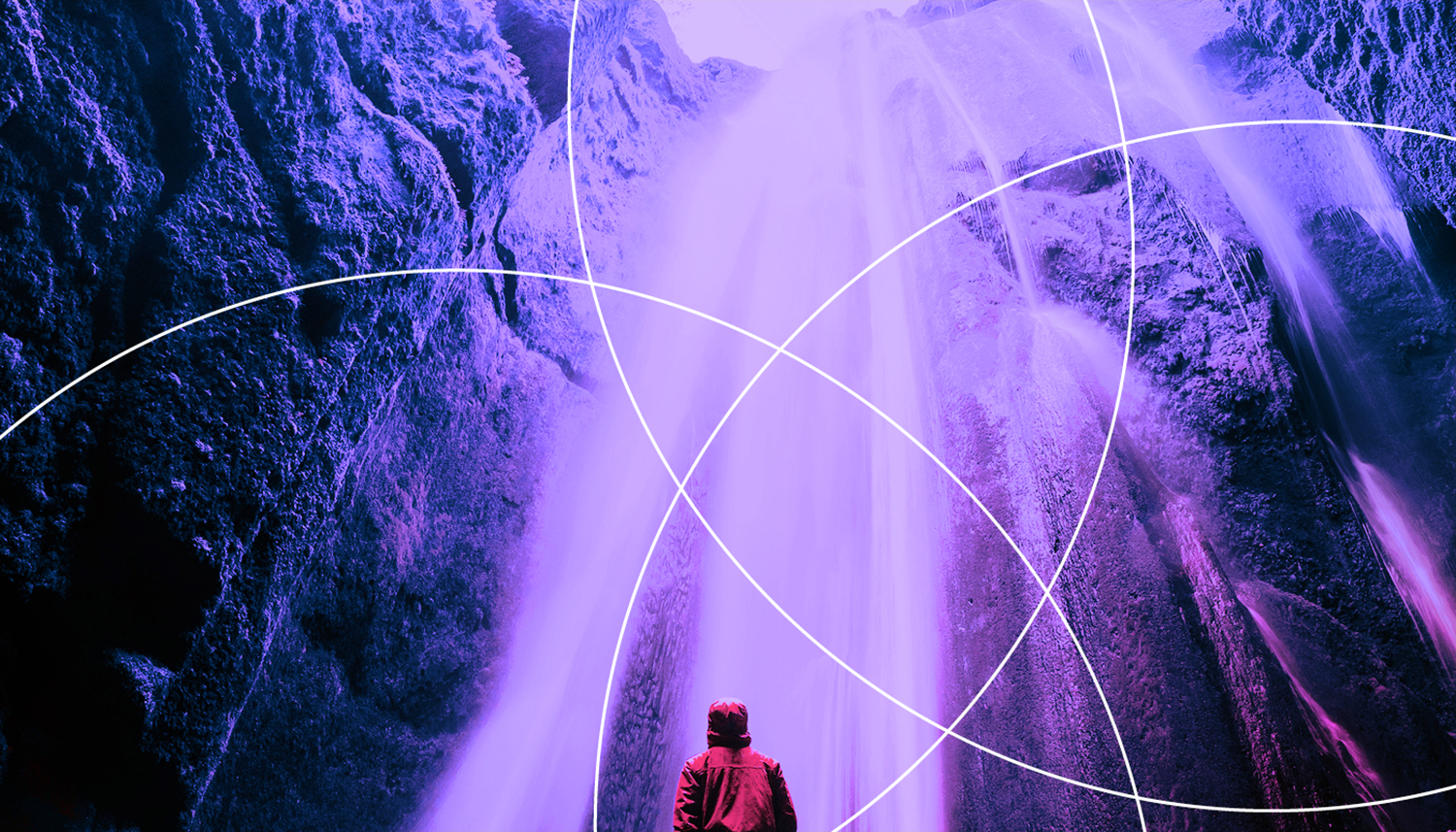How AI Can Help Create a More Sustainable Future

Sustainability is more than a buzzword. Sustainability is increasingly a way of doing business. In fact, Patagonia’s mission is, quite simply, to save the planet. And Patagonia isn’t the only company rallying around sustainability. More businesses are embracing sustainability in response to customers, investors, and employees who are inspired by more than the profit motive. And that commitment includes the application of artificial intelligence.
I blogged recently about the importance of aligning AI with a company’s people, processes, and platforms to deliver value. A newly published white paper from Google, Ellen MacArthur Foundation, and McKinsey & Company, Artificial Intelligence and the Circular Economy, makes a compelling argument that AI can do something else besides deliver value: accelerate the shift to a more sustainable future.
And that kind of thinking inspires me.
The Circular Economy
Artificial Intelligence and the Circular Economy states the case for our economy shifting from the current “take-make-waste” mentality to a circular economy where people and companies reduce waste and decouple growth from the consumption of finite resources. In a circular economy, “everything from cars and refrigerators to packaging and clothing would be repurposed and reborn for use again.” This isn’t theory, by the way – a number of businesses, including retailers, reward consumers for recycling what they buy.
According to the white paper, AI can play an essential role for this sustainability model to take hold. For example, AI can help businesses design products that either maintain their value over a longer period of time or be reused more efficiently. AI is already helping organizations create new materials to design products that last. AI can also help businesses create a better infrastructure that supports the reuse of products, such as identifying how businesses can design better processes for recycling materials. And by combining real-time and historical data on pricing and demand prediction, AI can help companies transition to a business model that relies more on subscription services rather than product ownership.
How to Get Started
All of this sounds heady and potentially intimidating to a business that is committed to sustainability. For many companies, just wrapping their heads around AI is hard enough let alone embedding AI into a sustainability initiative. But there’s actually a way to get started understanding how to apply AI to deliver value and be sustainable at the same time: the design sprint.
With design sprints, teams of designers, engineers, marketers, and strategists rapidly prototype products in five days or less. (At Moonshot, we collapse design sprints into four days as we help organizations such as city governments create more lovable products.) Organizations identify a problem they and their customers are trying to solve, come up with a rough solution, test the idea against feedback from real customers, and create a prototype of the minimum lovable product (the initial version of the product that can be created to generate the most customer love using the least amount of time and costing as little as possible).
Design sprints are a powerful way for an organization to test an idea in a way that mitigates cost and risk while keeping the customer at the center of the product design. At Moonshot, we use design sprints as part of a larger process known as FUEL, in which we go beyond concepting and actually help companies launch products. To learn more about how to get started, contact us. Start succeeding with AI and sustainability now.
